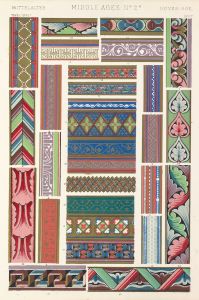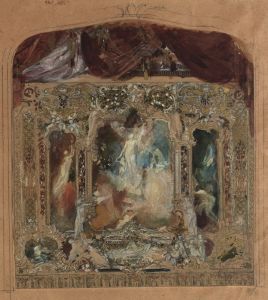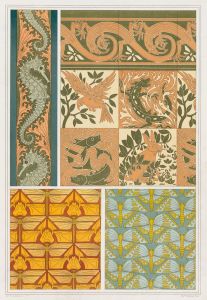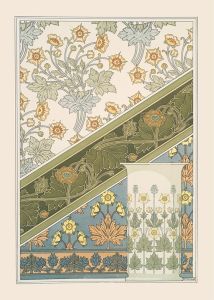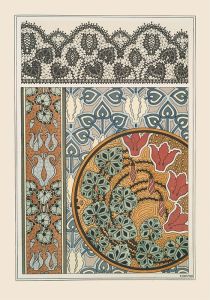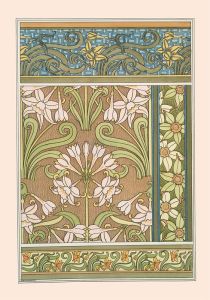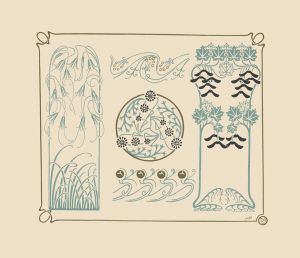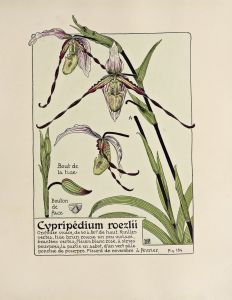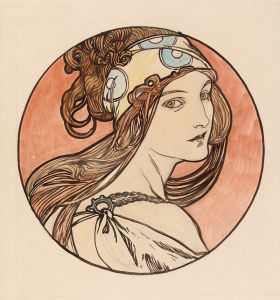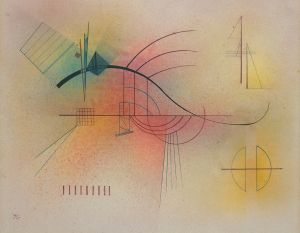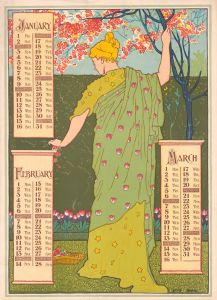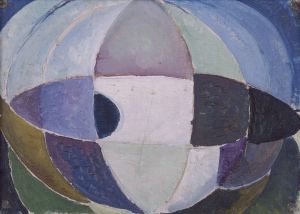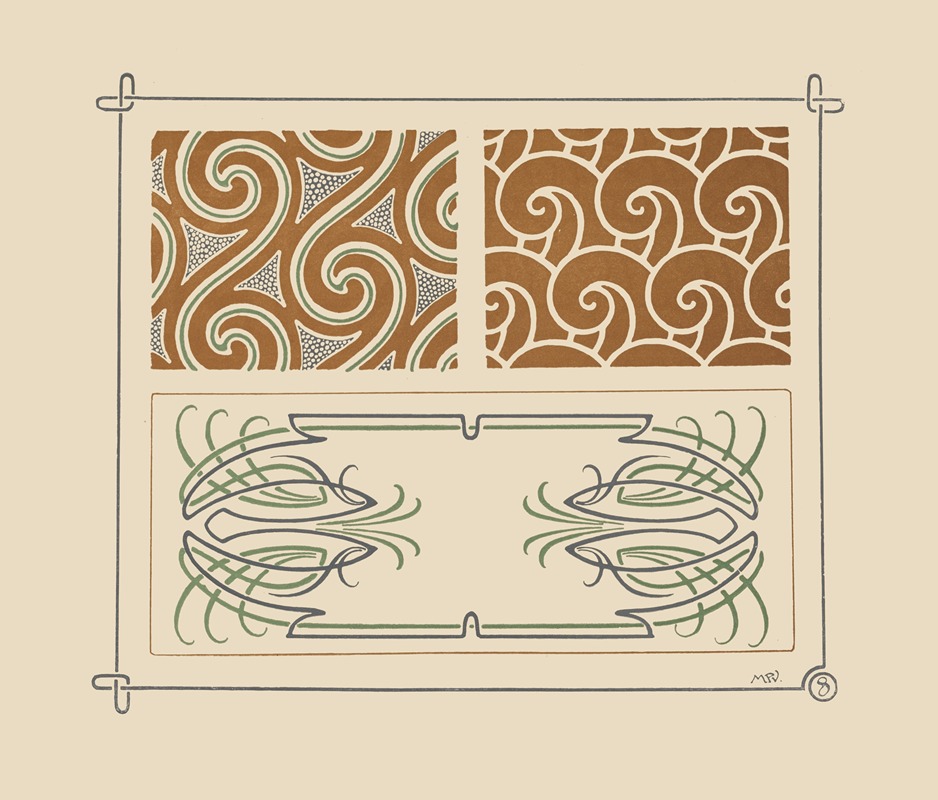
Abstract design based on swirls.
A hand-painted replica of Maurice Pillard Verneuil’s masterpiece Abstract design based on swirls., meticulously crafted by professional artists to capture the true essence of the original. Each piece is created with museum-quality canvas and rare mineral pigments, carefully painted by experienced artists with delicate brushstrokes and rich, layered colors to perfectly recreate the texture of the original artwork. Unlike machine-printed reproductions, this hand-painted version brings the painting to life, infused with the artist’s emotions and skill in every stroke. Whether for personal collection or home decoration, it instantly elevates the artistic atmosphere of any space.
Maurice Pillard Verneuil was a prominent French artist and designer known for his contributions to the Art Nouveau movement, which flourished in the late 19th and early 20th centuries. His work is characterized by its use of natural forms, intricate patterns, and a harmonious blend of colors, all of which are evident in his piece "Abstract design based on swirls."
Verneuil was born on April 29, 1869, in Saint-Quentin, France. He studied under the tutelage of Eugène Grasset, a Swiss decorative artist who was a significant influence on Verneuil's style. Grasset was known for his work in various media, including posters, stained glass, and textiles, and he instilled in Verneuil a deep appreciation for the decorative arts.
"Abstract design based on swirls" exemplifies Verneuil's mastery of pattern and form. The piece is a quintessential representation of the Art Nouveau style, which often drew inspiration from the natural world. Swirls, a common motif in Art Nouveau, are used to create a sense of movement and fluidity, evoking the organic forms found in nature such as vines, waves, or the curves of a flower. This design likely served as a decorative element, possibly intended for use in textiles, wallpapers, or other applied arts, which were common applications for Verneuil's designs.
Verneuil's work was not limited to abstract designs; he was also known for his botanical illustrations and his ability to translate the beauty of nature into decorative patterns. His designs often featured a rich palette of colors, which he used to enhance the visual impact of his patterns. The use of color in "Abstract design based on swirls" would have been carefully considered to complement the flowing lines and create a cohesive and aesthetically pleasing composition.
Throughout his career, Verneuil published several influential books on design and pattern, including "L'animal dans la décoration" (1897) and "Étude de la plante" (1903), which showcased his extensive research and innovative approach to design. These publications contributed to his reputation as a leading figure in the Art Nouveau movement and helped disseminate his ideas to a broader audience.
Verneuil's work, including "Abstract design based on swirls," reflects the broader cultural and artistic trends of his time. The Art Nouveau movement sought to break away from the rigid structures of academic art and embrace a more fluid, organic aesthetic. This approach resonated with the changing social and technological landscape of the late 19th and early 20th centuries, as artists and designers sought to create works that were both beautiful and functional.
In summary, Maurice Pillard Verneuil's "Abstract design based on swirls" is a testament to his skill as a designer and his contribution to the Art Nouveau movement. The piece captures the essence of the style through its use of natural forms, intricate patterns, and harmonious colors, reflecting Verneuil's deep understanding of the decorative arts and his ability to translate the beauty of nature into timeless designs.





